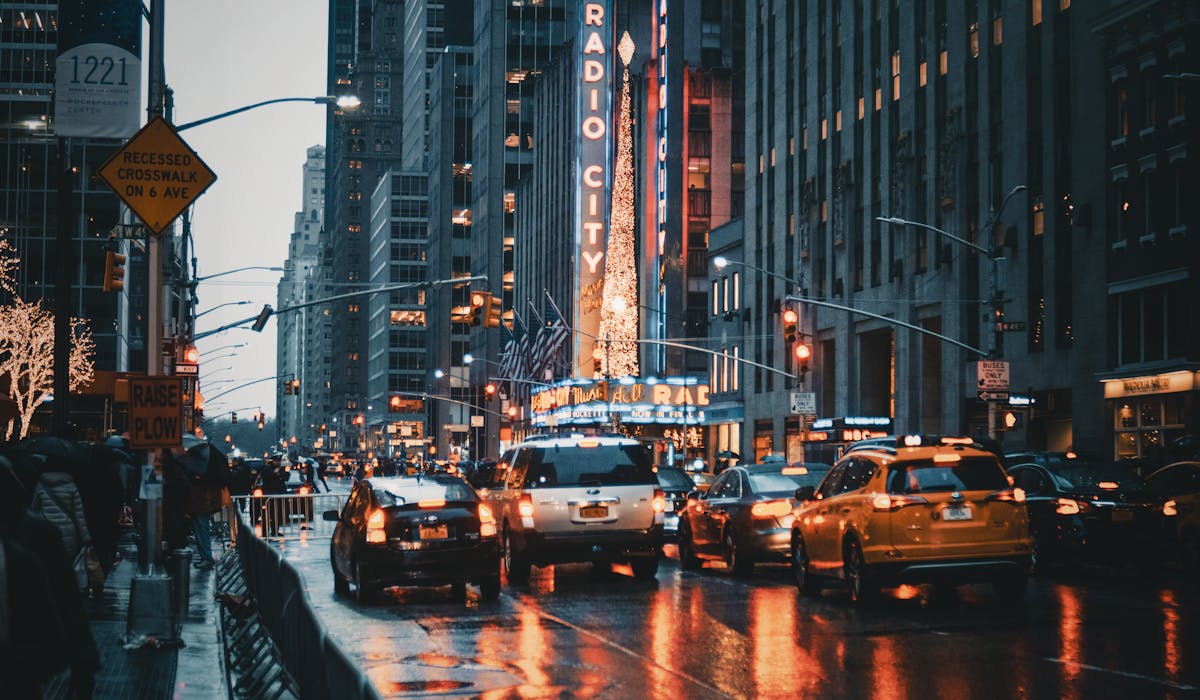The 6-Minute Rule for Framing Streets
3 Easy Facts About Framing Streets Explained
Table of ContentsOur Framing Streets IdeasLittle Known Facts About Framing Streets.Framing Streets Can Be Fun For AnyoneThe Definitive Guide for Framing StreetsThe Best Strategy To Use For Framing StreetsThe Definitive Guide to Framing Streets
, normally with the aim of capturing images at a definitive or touching moment by careful framework and timing. https://www.awwwards.com/framingstreets1/.
Not known Details About Framing Streets
Susan Sontag, 1977 Street photography can concentrate on individuals and their behavior in public. In this regard, the road professional photographer resembles social docudrama professional photographers or photographers who likewise work in public locations, but with the aim of catching newsworthy events. Any of these digital photographers' pictures might capture people and residential or commercial property visible within or from public areas, which usually involves navigating moral problems and legislations of personal privacy, safety, and residential property.
Depictions of everyday public life develop a style in practically every period of globe art, starting in the pre-historic, Sumerian, Egyptian and early Buddhist art periods. Art handling the life of the street, whether within sights of cityscapes, or as the leading concept, appears in the West in the canon of the Northern Renaissance, Baroque, Rococo, of Romanticism, Realism, Impressionism and Post-Impressionism.
6 Easy Facts About Framing Streets Shown
Louis Daguerre: "Boulevard du Holy place" (1838 or 1839) In 1838 or 1839 the initial photo of numbers in the street was videotaped by Louis-Jacques-Mand Daguerre in one of a set of daguerreotype sights drawn from his workshop home window of the Blvd du Temple in Paris. The second, made at the elevation of the day, shows an uninhabited stretch of street, while the other was taken at about 8:00 am, and as Beaumont Newhall reports, "The Blvd, so constantly loaded with a relocating throng of pedestrians and carriages was flawlessly solitary, other than a person who was having his boots combed.
As a result his boots and legs were well specified, yet he lacks body or head, because these were in movement." Charles Ngre, waterseller Charles Ngre. https://www.slideshare.net/davidturley33101 was the very first professional photographer to acquire the technical elegance needed to register individuals in movement on the road in Paris in 1851. Digital Photographer John Thomson, a Scotsman dealing with journalist and social lobbyist Adolphe Smith, released Road Life in London in twelve regular Clicking Here monthly installations beginning in February 1877
Getting My Framing Streets To Work
Eugene Atget is related to as a progenitor, not because he was the very first of his kind, however as a result of the popularisation in the late 1920s of his record of Parisian streets by Berenice Abbott, who was motivated to take on a comparable paperwork of New York City. [] As the city developed, Atget assisted to advertise Parisian streets as a deserving subject for photography.

The 8-Minute Rule for Framing Streets
Martin is the first taped digital photographer to do so in London with a disguised cam. Mass-Observation was a social research study organisation established in 1937 which intended to tape-record daily life in Britain and to tape-record the responses of the 'man-in-the-street' to King Edward VIII's abdication in 1936 to wed separation Wallis Simpson, and the sequence of George VI. The chief Mass-Observationists were anthropologist Tom Harrisson in Bolton and poet Charles Madge in London, and their first report was created as guide "May the Twelfth: Mass-Observation Day-Surveys 1937 by over two hundred viewers" [] Window cleaner at Kottbusser Tor, Berlin, by Elsa Thiemann c. 1946 The post-war French Humanist College professional photographers discovered their topics on the street or in the restaurant. Andre Kertesz.'s extensively appreciated Images la Sauvette (1952) (the English-language version was entitled The Decisive Moment) advertised the concept of taking a photo at what he labelled the "definitive moment"; "when form and web content, vision and structure merged into a transcendent whole" - Sony Camera.
Our Framing Streets Ideas
, then a teacher of young youngsters, associated with Evans in 193839.'s 1958 book,, was significant; raw and often out of emphasis, Frank's photos examined conventional photography of the time, "tested all the formal guidelines laid down by Henri Cartier-Bresson and Walker Evans" and "flew in the face of the wholesome pictorialism and wholehearted photojournalism of American publications like LIFE and Time".